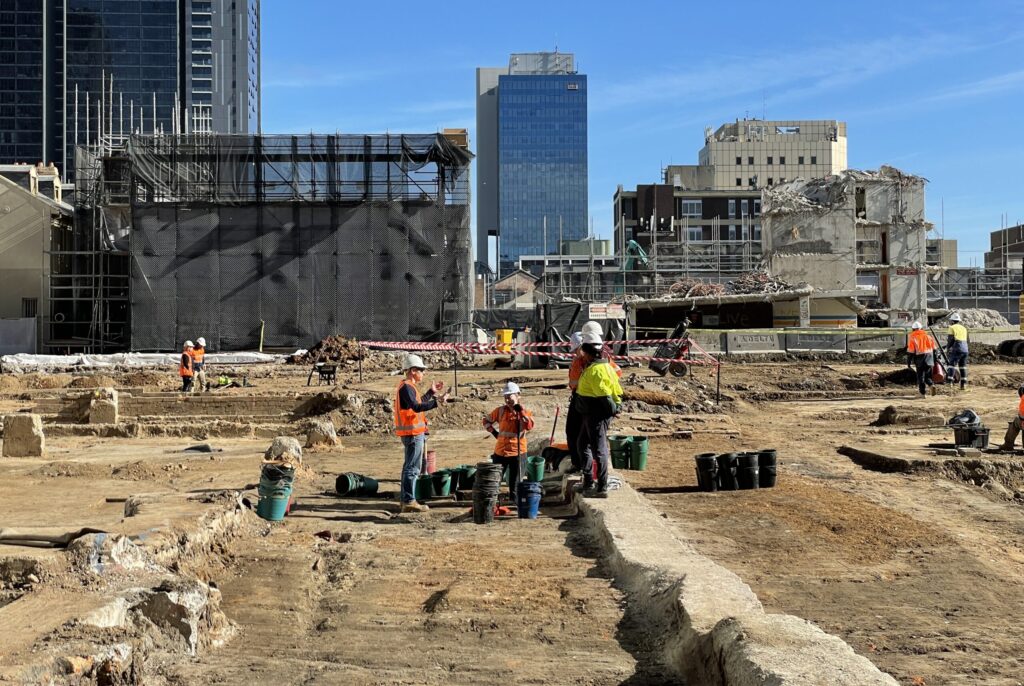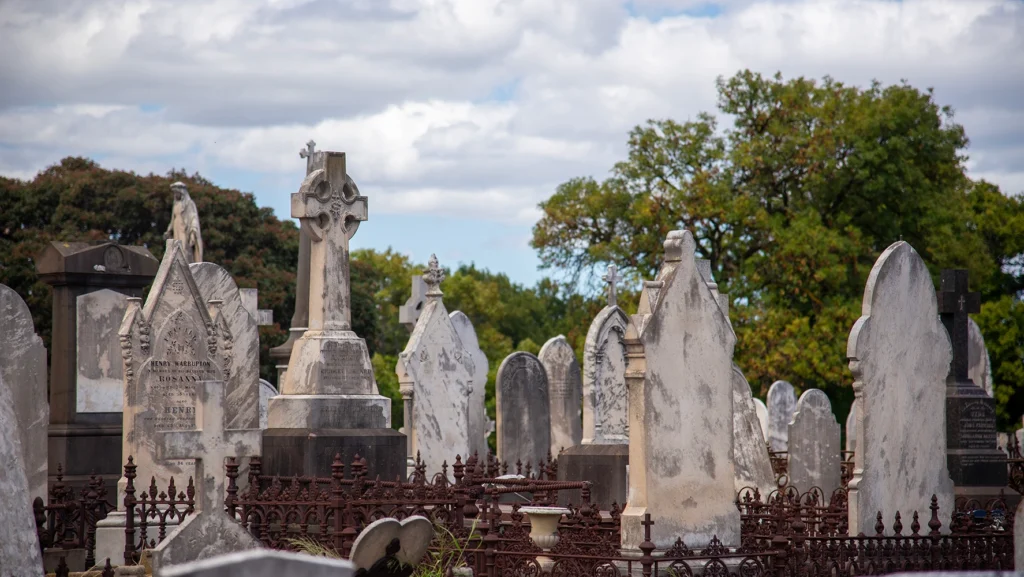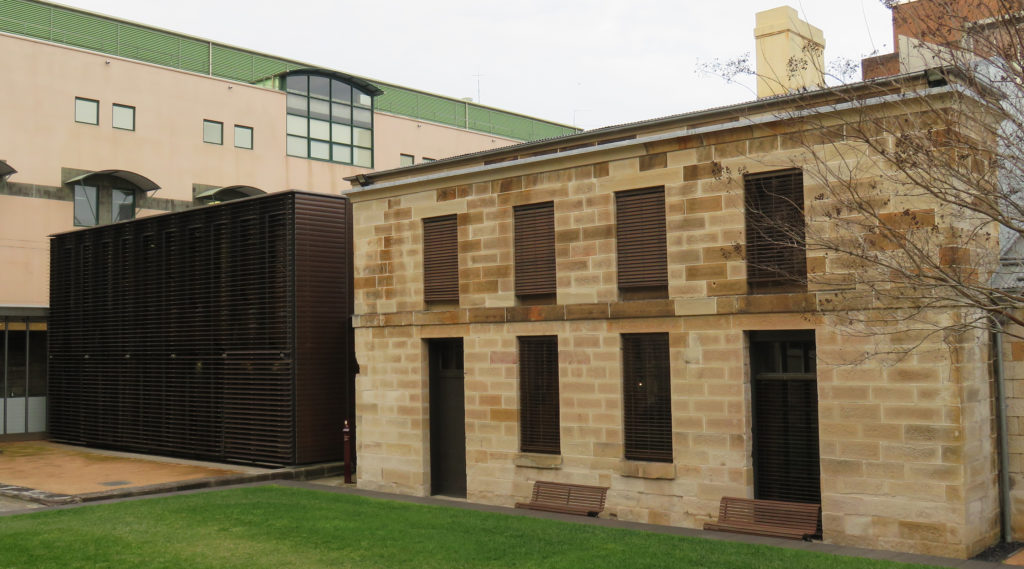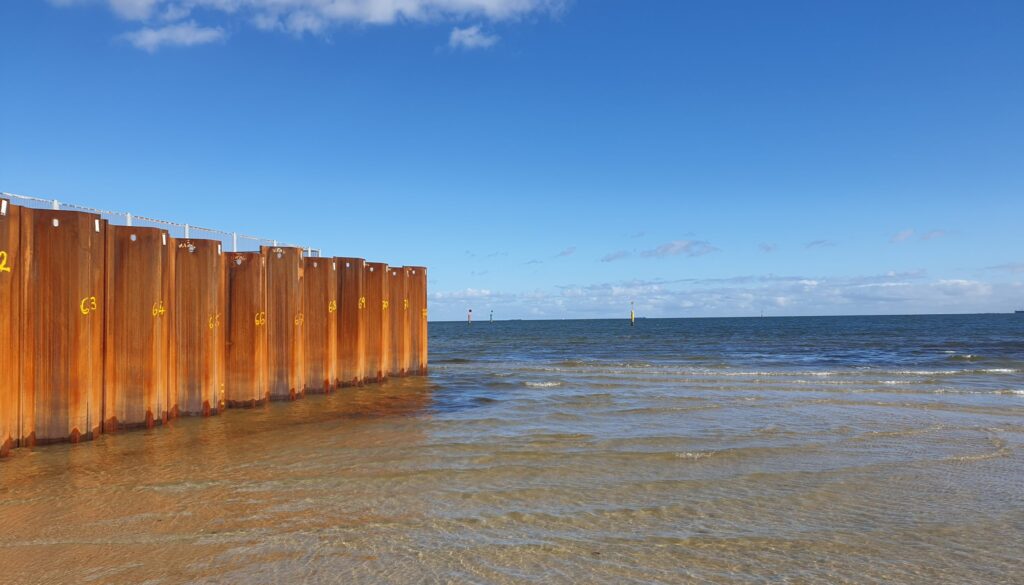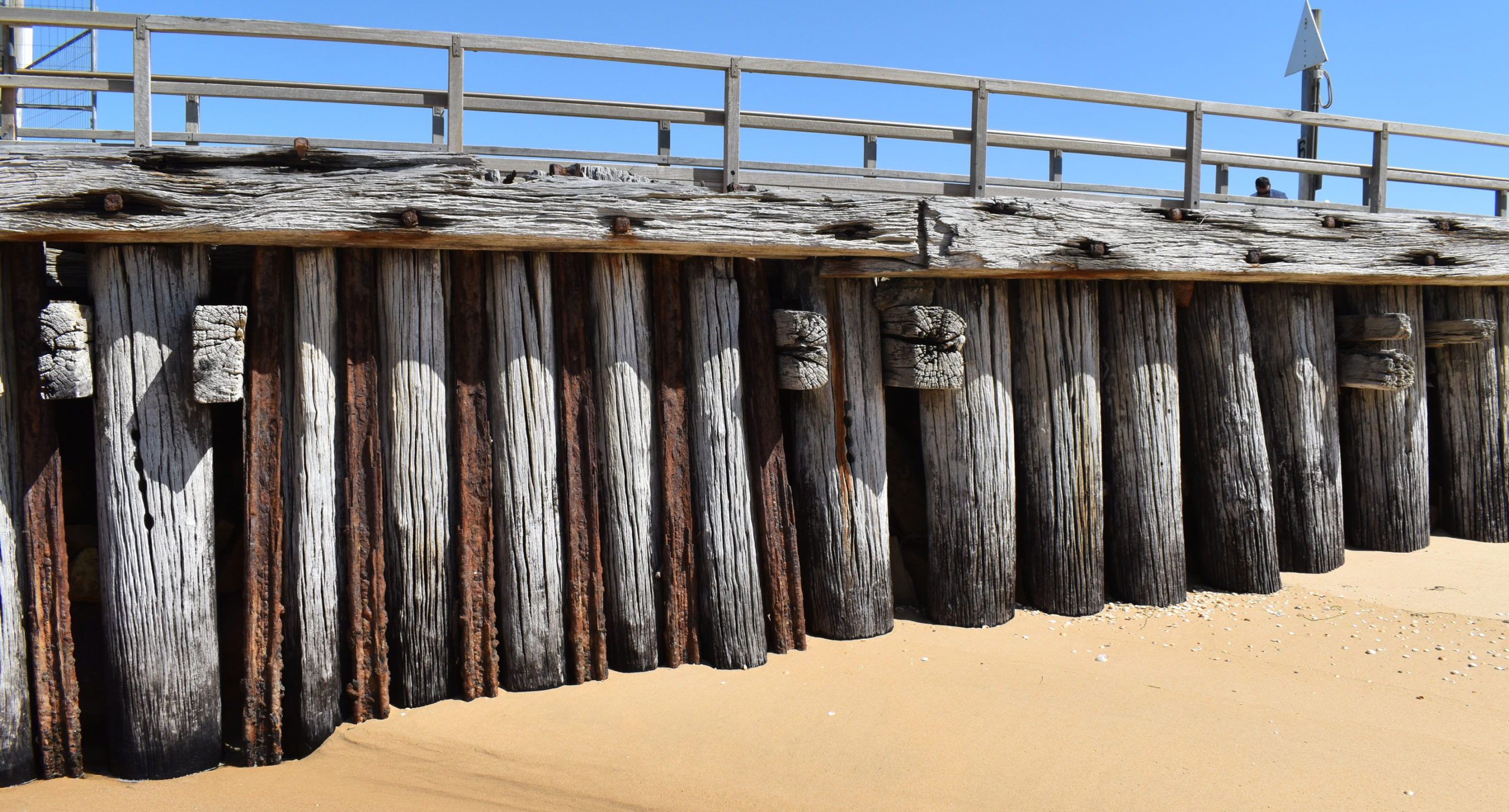
Lakes Entrance Training Walls
Conservation Management Plan
Gippsland Ports
VIC
Lakes Entrance is situated on the East Gippsland coast where an artificial channel connects Bass Strait and the Tasman Sea with the Gippsland Lakes. Both the environment and people have significantly altered the landscape and heritage of this area.
Gippsland Ports in partnership with the Victorian Government engaged Context (now GML Heritage) to undertake the Conservation Management Plan for the Lakes Entrance Training Walls.
A Brief History
Before colonial settlement, the area was occupied by Aboriginal people of the Kurnai language group. Around 7000 years ago, a number of islands, large lakes and wetlands formed behind the tidal waters. Then, around 2000 years ago, the current foredunes were created.
The first settlers visited the area the 1840s. By the 1870s there was a permanent local population who petitioned the government to cut a permanent artificial entrance in the sand bar as the natural entrance to the lakes was often unreliable and dangerous. Subsequent periods of dredging an artificial entrance, construction and reconstruction of piers and training walls followed. The outer sections of the training walls were initially constructed as timber cofferdams and later infilled with bulk rock. The original structure suffered catastrophic damage from toe scouring, storm damage and teredo worm infestation and by the early 1900s the original seaward sections were replaced with concrete abutments.
The training walls are listed in the Victoria Heritage Register as part of the New Works Complex, which include jetties, cottages, remains of a piers and cranes, rail tracks, workshops, sheds, and various related artefacts. The walls themselves attest to the ingenuity of nineteenth century engineering construction works, and today still form part of the critical infrastructure required to maintain access to the Port of Gippsland Lakes.
About the Project
Over time, the training walls have suffered the effects of erosion and weathering and Gippsland Ports are planning works to repair and interpret these walls. These works require a conservation management plan to guide their management and conservation and to inform a deeper understanding of their heritage values. In preparing the conservation management plan, archaeological investigations were carried out to locate the wing wall section of the training walls and understand the series of construction techniques to better understand how to integrate the new works with the old.
